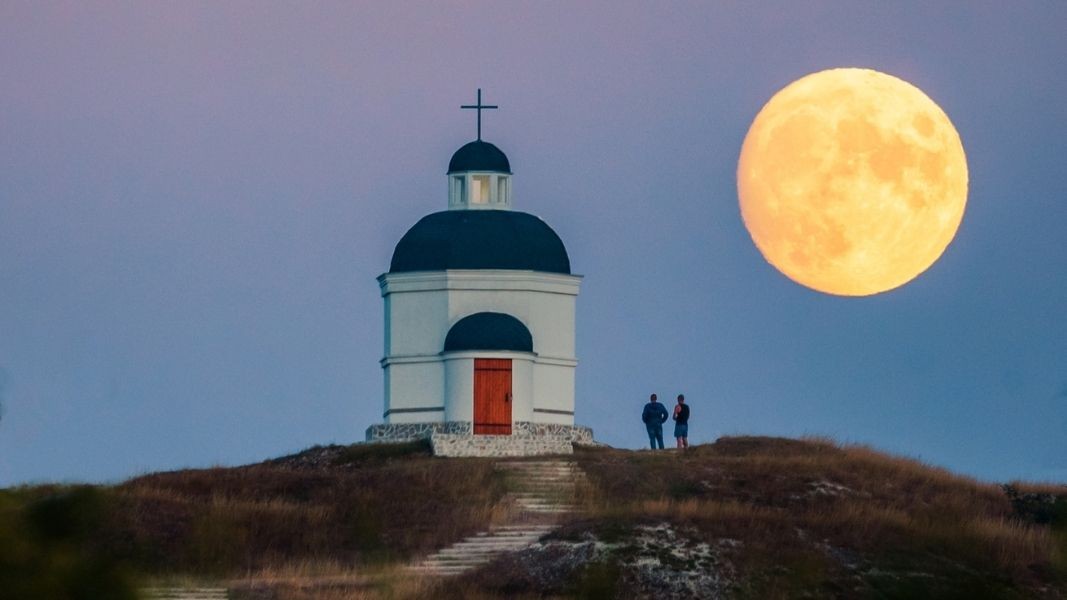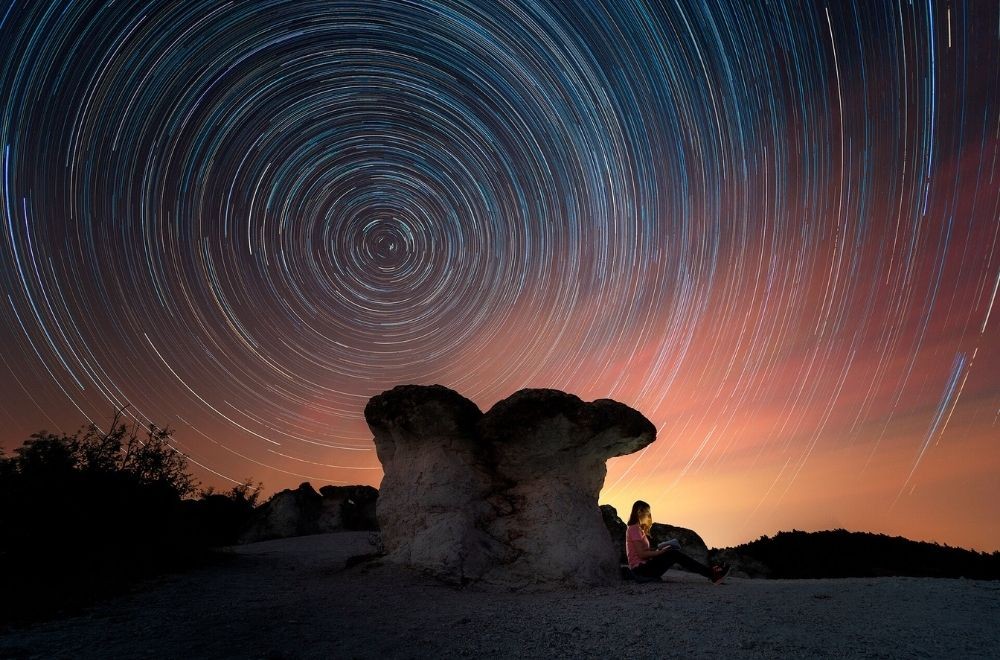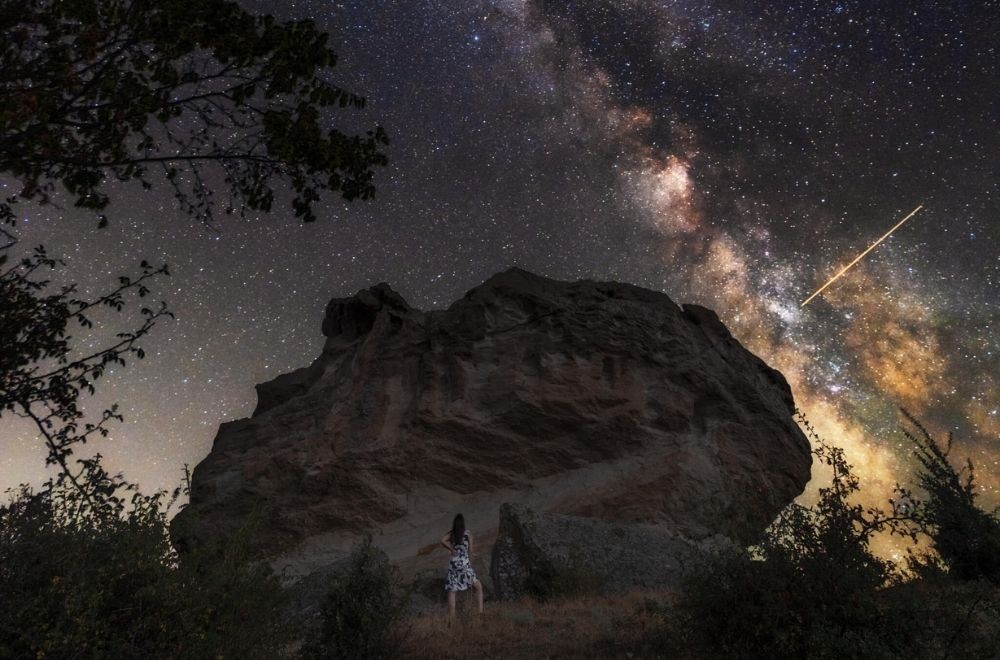That is how Rositsa Dimitrova - travel blogger, photographer and… dreamer – describes herself. Her blog was awarded this year’s Ministry of Tourism prize in the “Internet blog” category for her article “43 Perfect Ideas for Day Trips from Varna”.

Why Varna? Because it is the town where she was born, and she knows it like the back of her hand.
“In the article I focus on places I love in the environs of the town which are not all that well known. Such as, for instance, the chapel in Padina village or the salt mine near Provadia which goes back to 5,600 BC, and many other hidden gems,” Rosie says.
The young adventure-seeker lived and studied in Spain, then spent some time in Germany. But in 2012 she came home to Varna, the city she loves. “I came home and I am very happy with the choice I made,” she says. Meanwhile she has never stopped taking pictures with her camera and sharing her impressions in her English-language blog, which now has a Bulgarian-language version as well, and in Instagram.

She admits that this pandemic year, 2020, gave her reason to concentrate even more on her passion – spying on the moon and chasing the stars with her camera. For years Rosie has been taking photograph almost professionally. Her photographs transport us to faraway, boundless worlds, to worlds that are the stuff of dreams. She is prepared to spend an entire night in a remote spot far from any town or village, gazing up at the sky, waiting to take a shot of the perfect configuration of stars.
“It all takes serious planning,” Rosie says. There has to be a new moon, and it has to be before the moon has come up, you have to go early enough, before sunset and wait several hours for the Milky Way to rise with its nucleus because the night sky is moving. You need good equipment with a suitable lens with an open aperture.”

Where in Bulgaria is the night sky brightest?
The Rhodopes is the place closest to the stars, Rosie says. There the sky is crystalline, and the stars are at arm’s length. The same is true of the Belogradchik rocks and the southern portion of the Black Sea coastline, specifically Durankulak and Tyulenovo – her favourite star-hunting spots. She says there is no such thing as the “perfect shot” – it is a just pipe dream, always nagging at the back of her mind. She admits that an expedition under the starry skies takes no less than 5-6 hours in a spot far from civilization. “The planning usually takes hours and the processing – at least a day!” Rosie says. So much for the stars, but what about the moon?

“When it comes to the moon it is even more difficult, it requires meticulous planning – you have to find the right spot down to a centimeter. It gives me enormous pleasure. But you also have to have some knowledge of astronomy connected with the movement of the celestial bodies in the night sky. I had to go into detail – when and where the moon rises, how it moves in summer and how it moves in winter. Now, in winter, the nucleus of the Milky Way is not visible, it will only begin to be seen at the end of January.”
Photos: courtesy of Rositsa Dimitrova
The Bolhrad region of Ukraine is considered the heart of the Bessarabian Bulgarian community, home to the largest and most concentrated population of ethnic Bulgarians outside of Bulgaria. More than 200 years ago, Bulgarian emigrants fled the Ottoman..
She is a professional storyteller, telling stories from all over the world, but most of all tales from Bulgaria. But she is also a poet, a photographer and a tour guide, telling people stories while she shows them around. Meet Nana Tomova. She was..
Living abroad is nothing new for Marin Yotov. In fact, he could be considered a global citizen, having lived in several European capitals by the age of 34. Currently living and working in Berlin, Marin's life has taken him through Sofia, Vienna and..
Nuredin Nuredinaj comes from the historical-geographical region of Gòra in Northeastern Albania, where 90% of the inhabitants identify themselves as..

+359 2 9336 661
